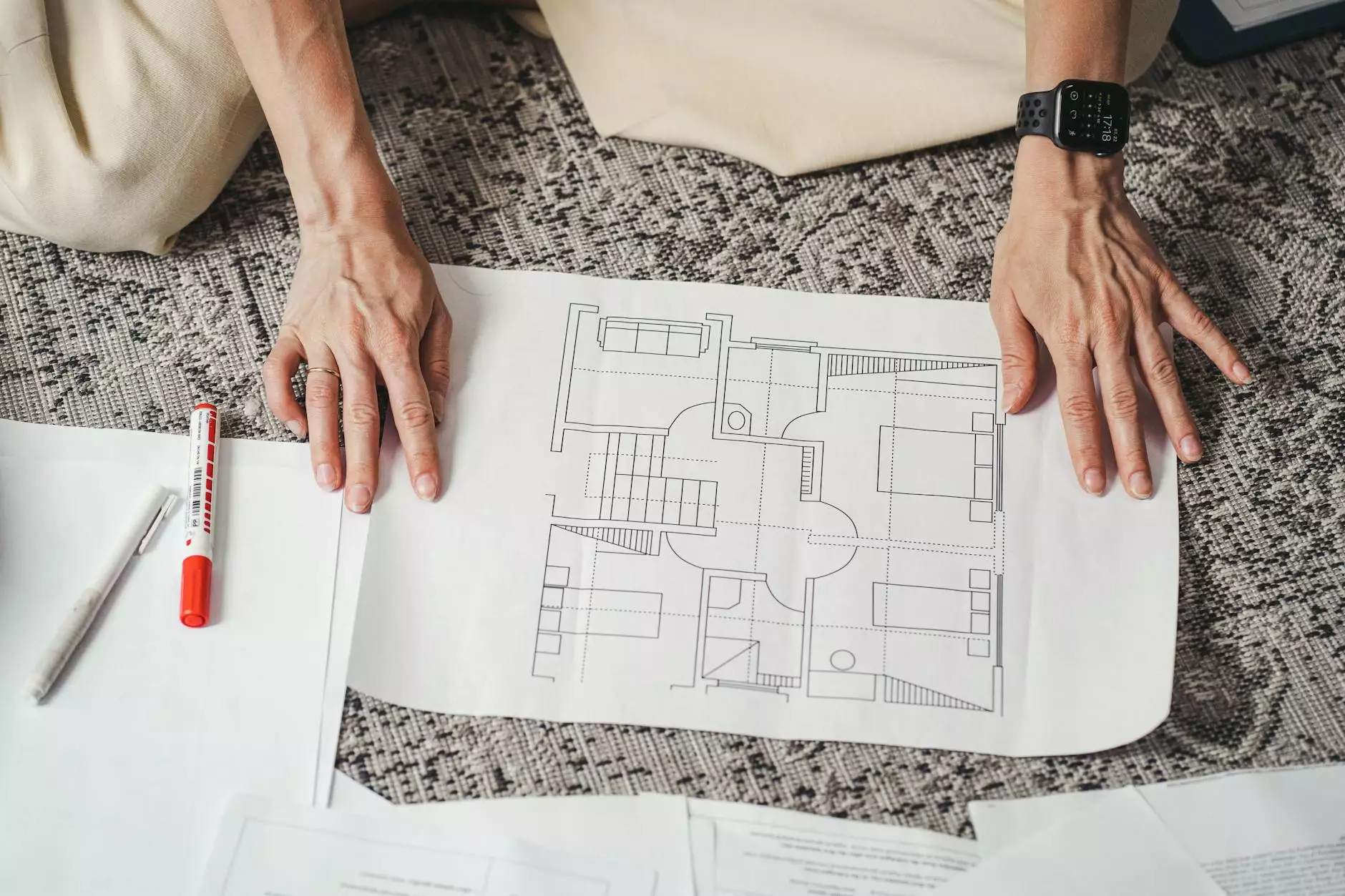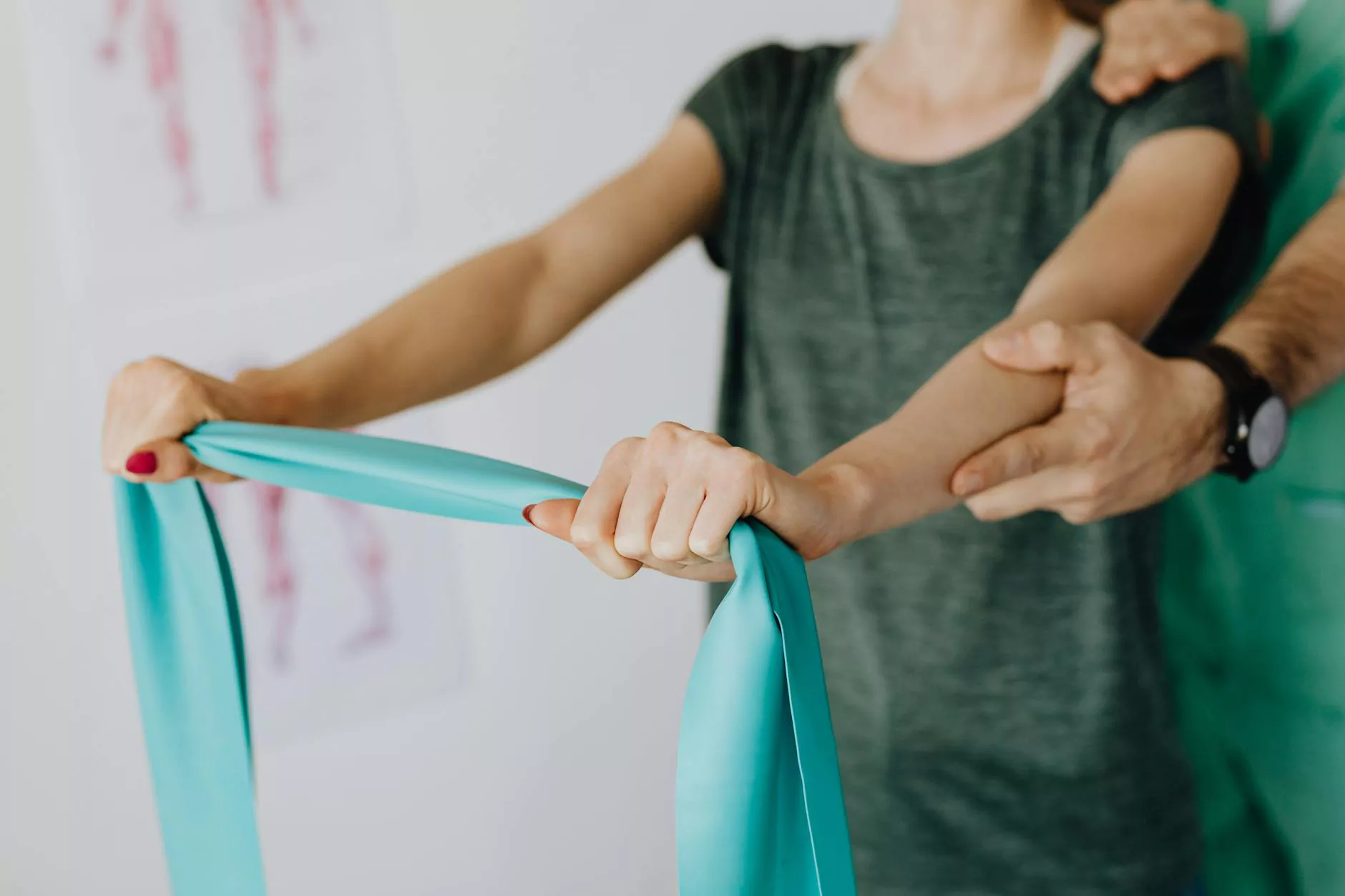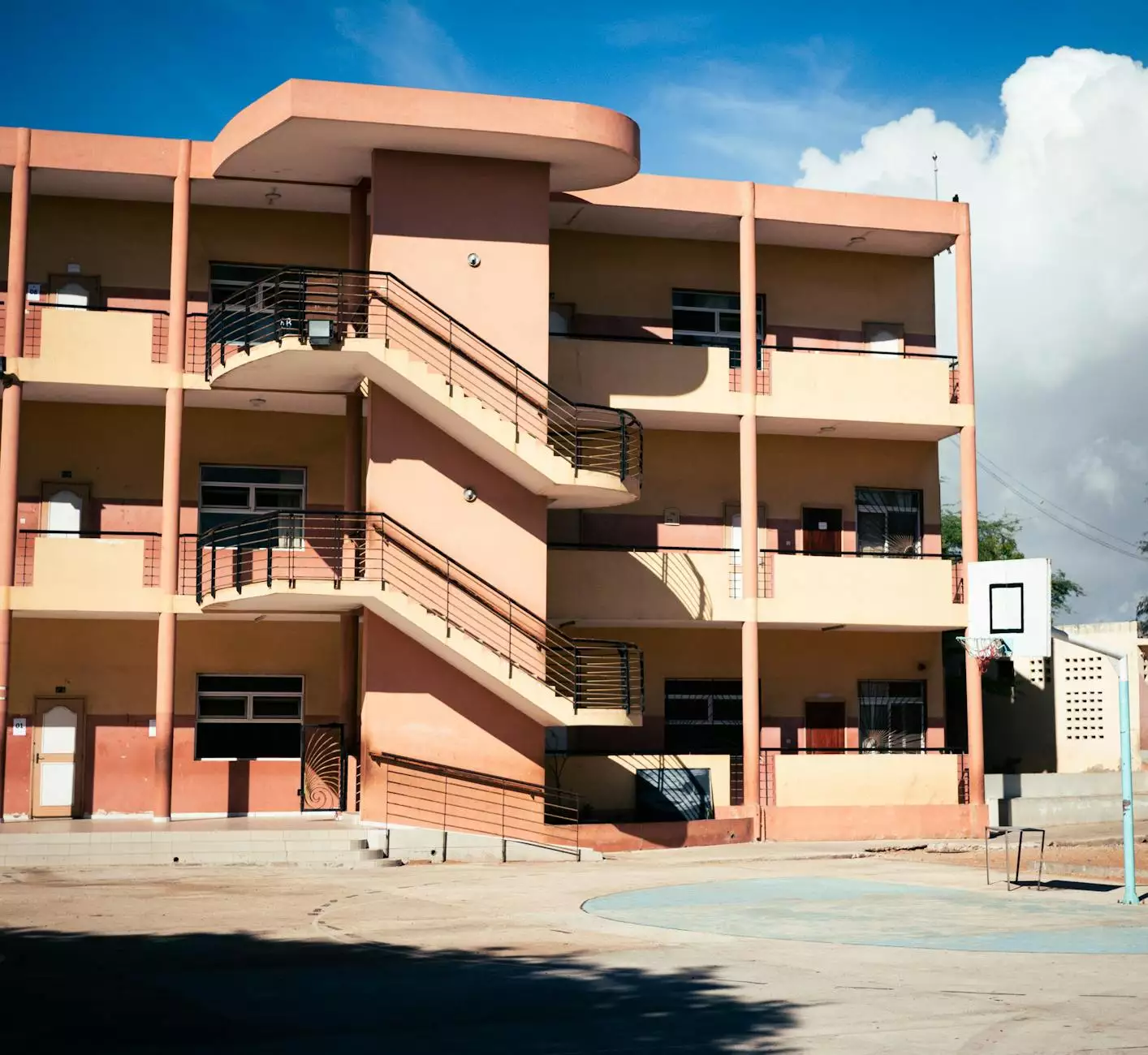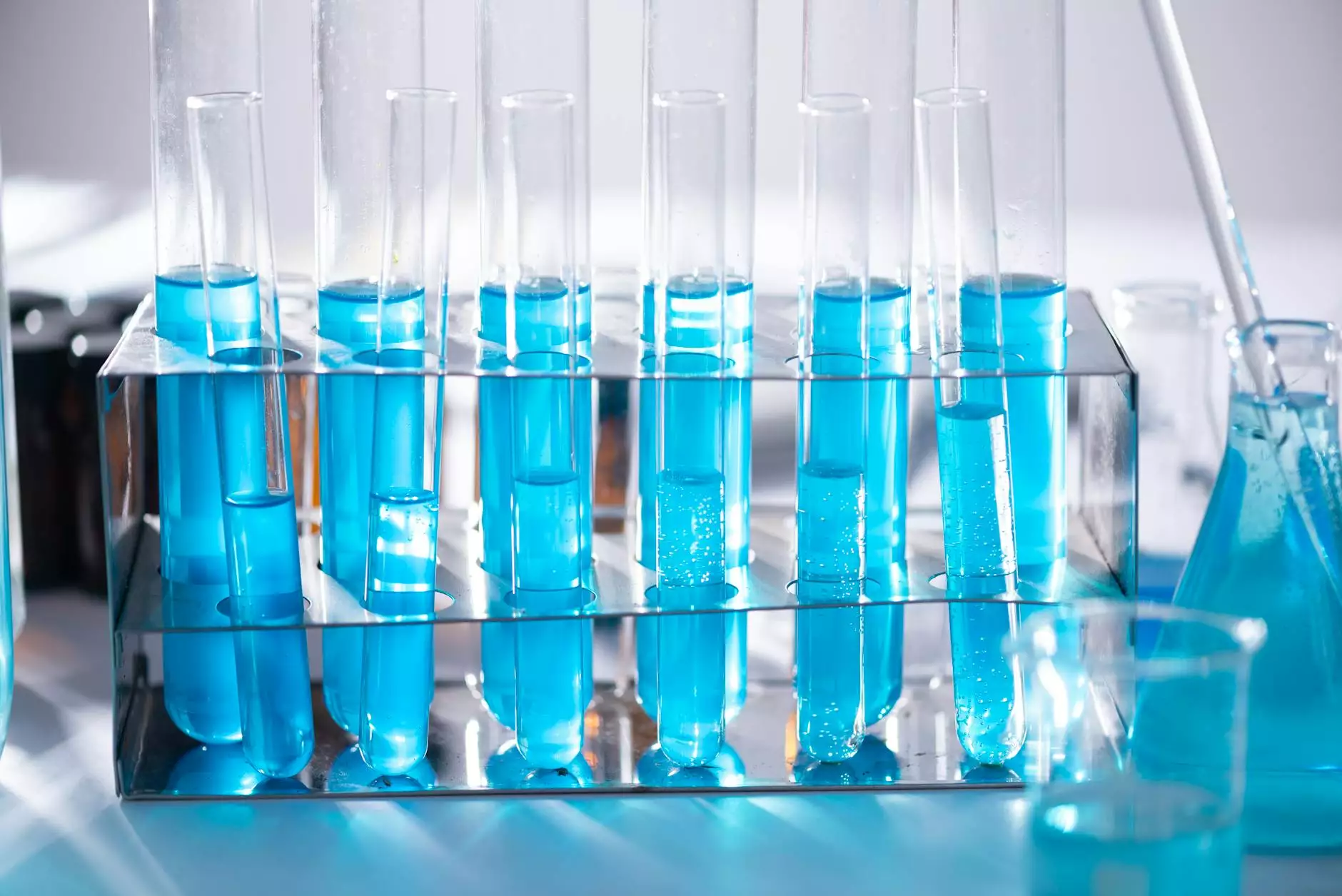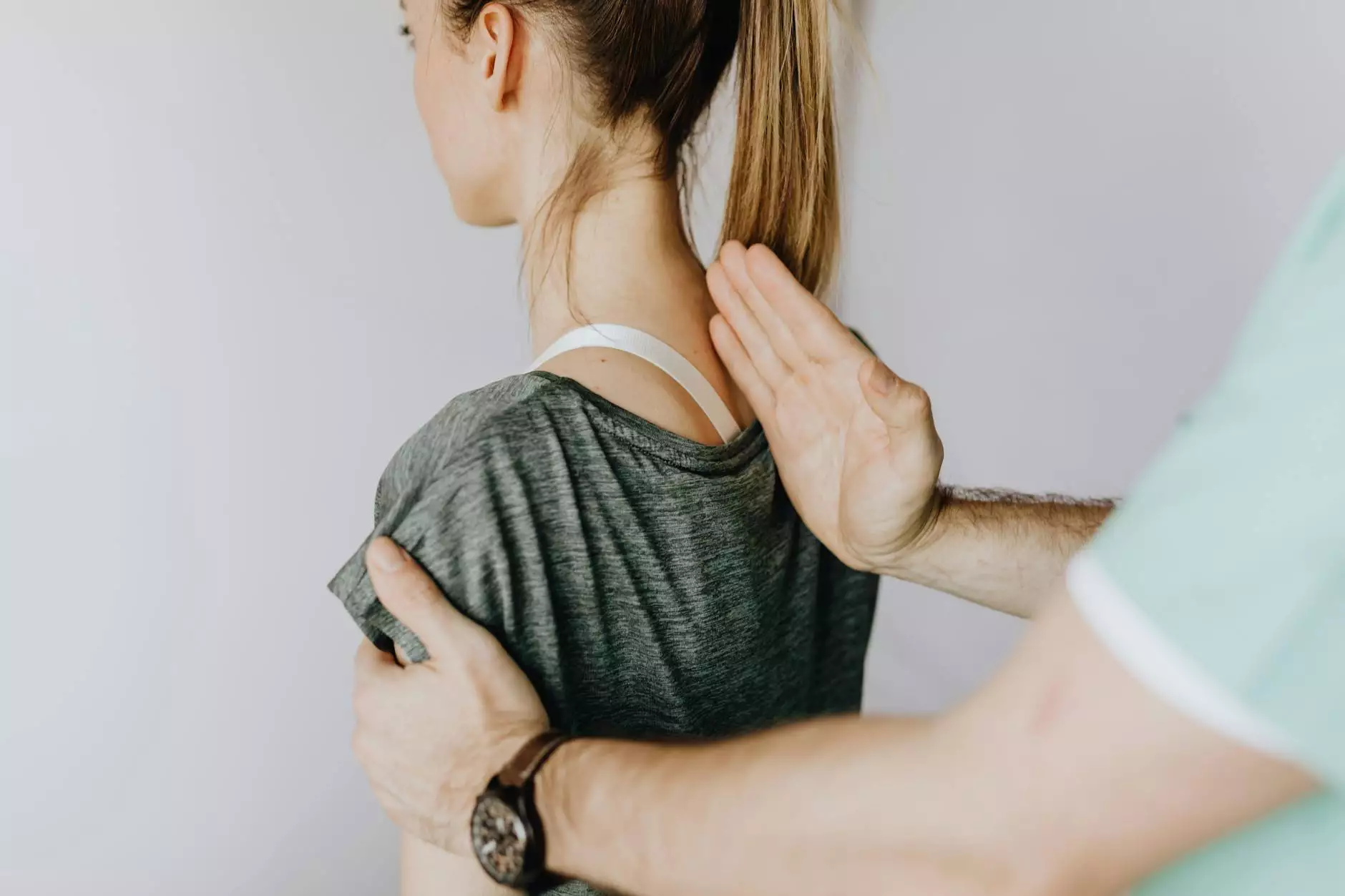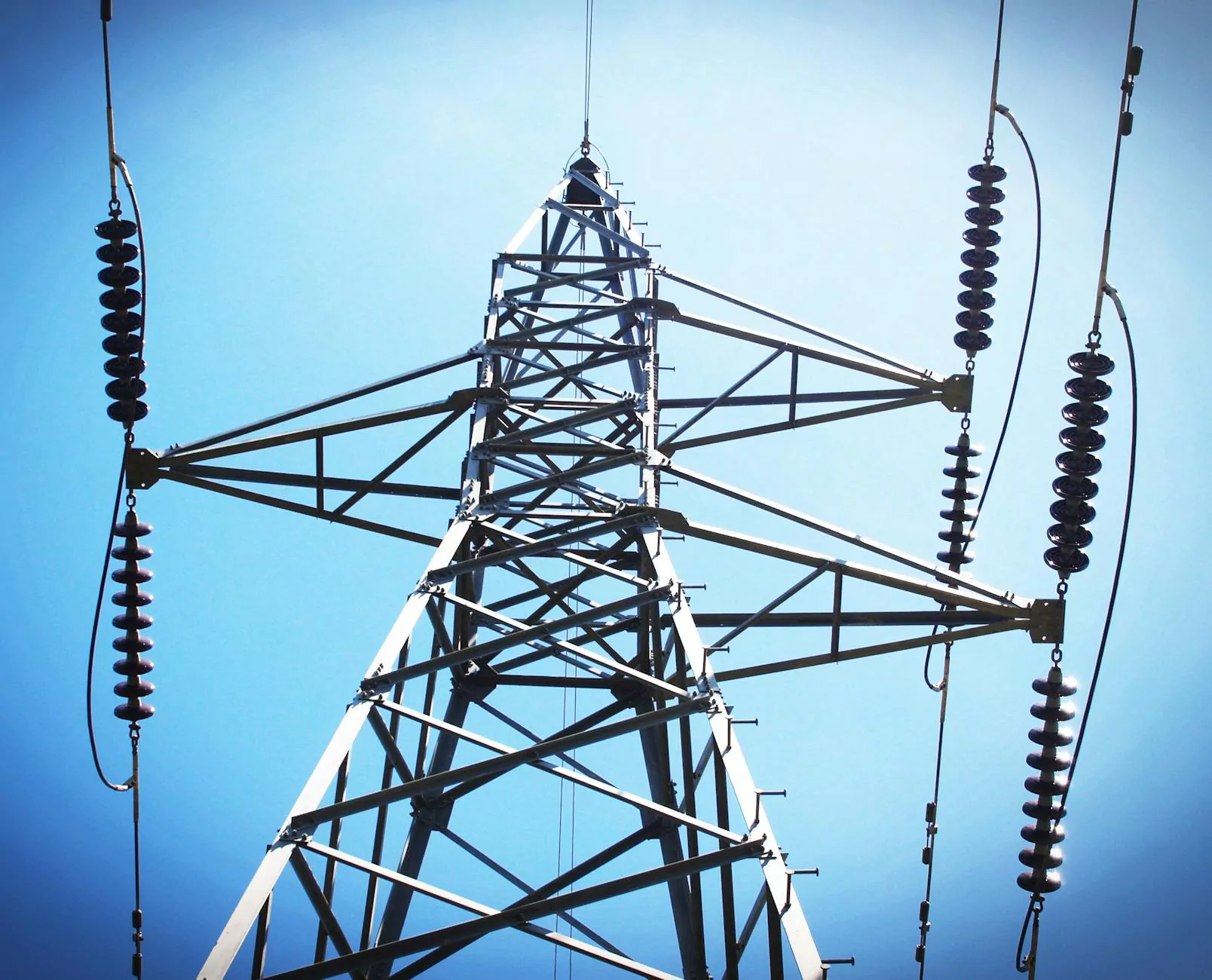Exploring Muscular Attachments to the Greater Trochanter
Services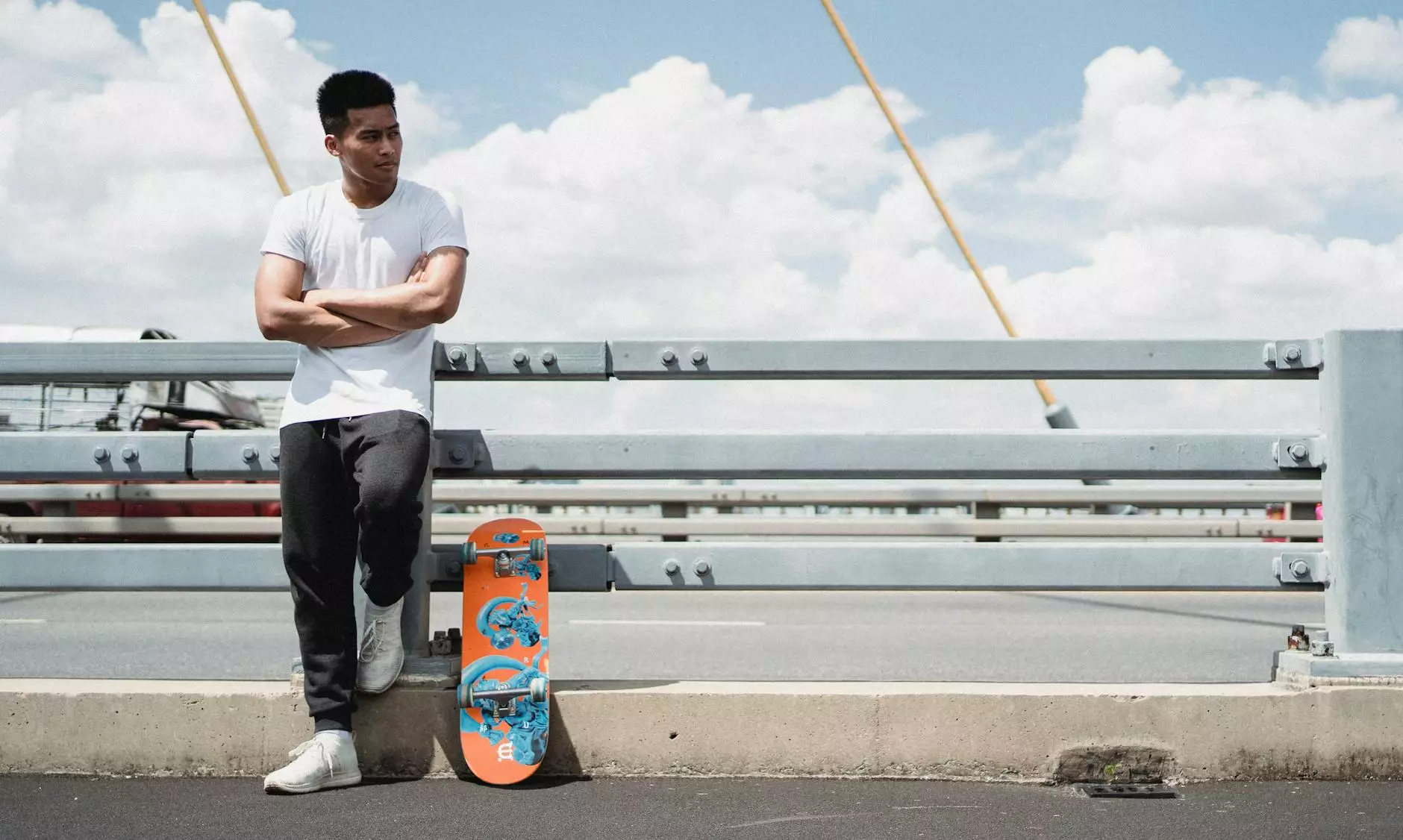
As a pivotal point in the human musculoskeletal system, the greater trochanter plays a crucial role in the attachment of various muscles that are essential for movement and stability. Understanding the intricate network of muscles attached to the greater trochanter is fundamental in comprehending the mechanics of the human body.
Muscles Attached to Greater Trochanter
The greater trochanter serves as the attachment site for several major muscles involved in hip movement and stability. Some of the key muscles attached to the greater trochanter include:
- Gluteus Medius: This muscle originates from the outer surface of the ilium and attaches to the greater trochanter. It plays a vital role in hip abduction and rotation.
- Gluteus Minimus: Another important hip abductor muscle that attaches to the greater trochanter, aiding in hip stabilization and movement.
- Tensor Fasciae Latae: This muscle originates from the iliac crest and attaches to the iliotibial band, which in turn attaches to the greater trochanter. It contributes to hip flexion and abduction.
Functions of Greater Trochanter Attachments
The muscles attached to the greater trochanter play a crucial role in various movements and functions of the hip joint. These muscles work in harmony to provide stability, strength, and mobility to the hip, enabling a wide range of activities from walking to running to jumping.
Importance of Greater Trochanter Attachments
The intricate network of muscles attached to the greater trochanter is vital for maintaining proper biomechanics and alignment of the hip joint. Dysfunction or weakness in these muscles can lead to issues such as hip pain, reduced range of motion, and impaired movement patterns.
Conclusion
In conclusion, the muscular attachments to the greater trochanter are essential for the proper functioning of the hip joint and overall musculoskeletal health. By understanding the roles and functions of these muscles, we can appreciate the complexity of human movement and the interconnected nature of the body's musculature.

